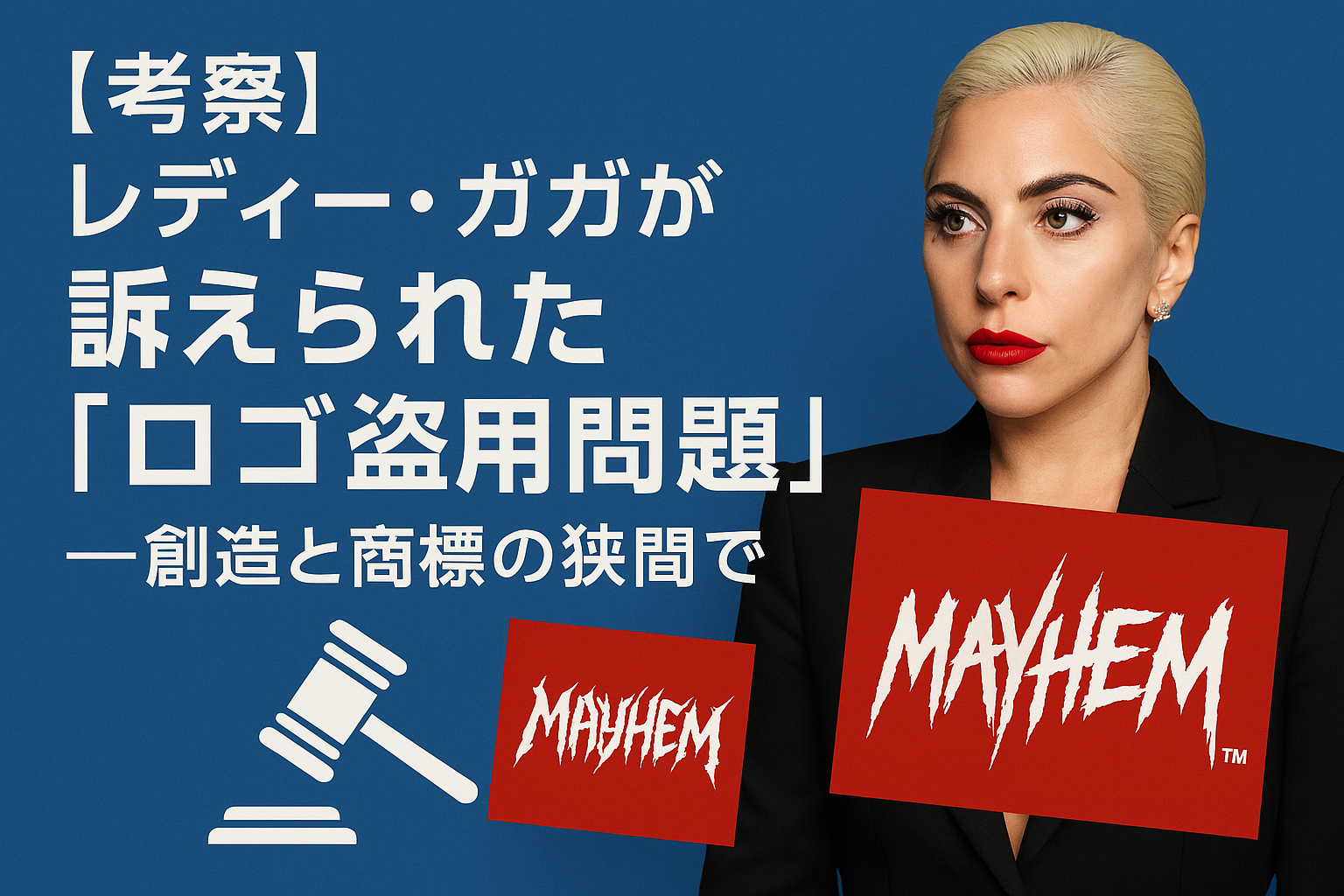Lady Gaga, who shook up the music scene once again with her seventh album Mayhem, now finds herself caught in a legal storm as well. The lawsuit has been filed by surf and lifestyle brand Lost International, which claims that the logo Gaga uses in her album-related promotions and merchandise is “strikingly similar” to their own trademark.
Gaga’s Defense: “A Lawsuit Trying to Cash in on Success”
Gaga’s legal team remains defiant. They argue that the lawsuit is baseless and merely an opportunistic attempt to profit off her success, describing it as “a parasitic business exploiting the legal system.” They claim this is a “bandwagon lawsuit” triggered by the record-breaking success of Mayhem.
Indeed, whenever an artist as influential as Gaga releases new work, it’s not unusual for various interests to circle around. However, this case seems to involve more complexity than a simple case of opportunism.
The Brand’s Argument: “‘Mayhem’ Is Our Identity”
Lost International contends that they’ve consistently used the trademark Mayhem since the brand’s founding in 1986. It’s especially significant because it’s also the nickname of founder Matt Biolos, making it a core part of the brand’s identity.
If the design used on Gaga’s merchandise is truly “virtually identical” to the brand’s logo, then the risk of consumer confusion or misidentification cannot be dismissed. A trademark is not just a “design” — it’s a representation of accumulated trust and track record.
The Fine Line Between Creativity and Legal Boundaries
In today’s world where art and business intersect, finding a balance between “creativity” and “legal protection” has become increasingly difficult. The line between inspiration and imitation is often blurry, creating a gray area where both sides may feel justified in claiming to be in the right.
So, how does this case stand?
- Gaga’s side insists the design is “completely original.”
- The brand argues it is “clearly similar.”
The key to resolving this conflict lies in whether consumers are “likely to be misled.” Legally, the potential for confusion is critical, meaning that more than the design itself, how the public perceives it will likely become the focal point of the dispute.
Conclusion: Respecting Artistic Freedom and Trademark Rights — Finding the Right Distance
Regardless of how the lawsuit concludes, what stands out here is the fact that even world-renowned artists are not above the law. Conversely, it also sends a message that even local brands deserve protection for the value they’ve built over time.
Music and fashion, art and rights — this case is a striking reminder of how blurred these boundaries can be in the modern age.

